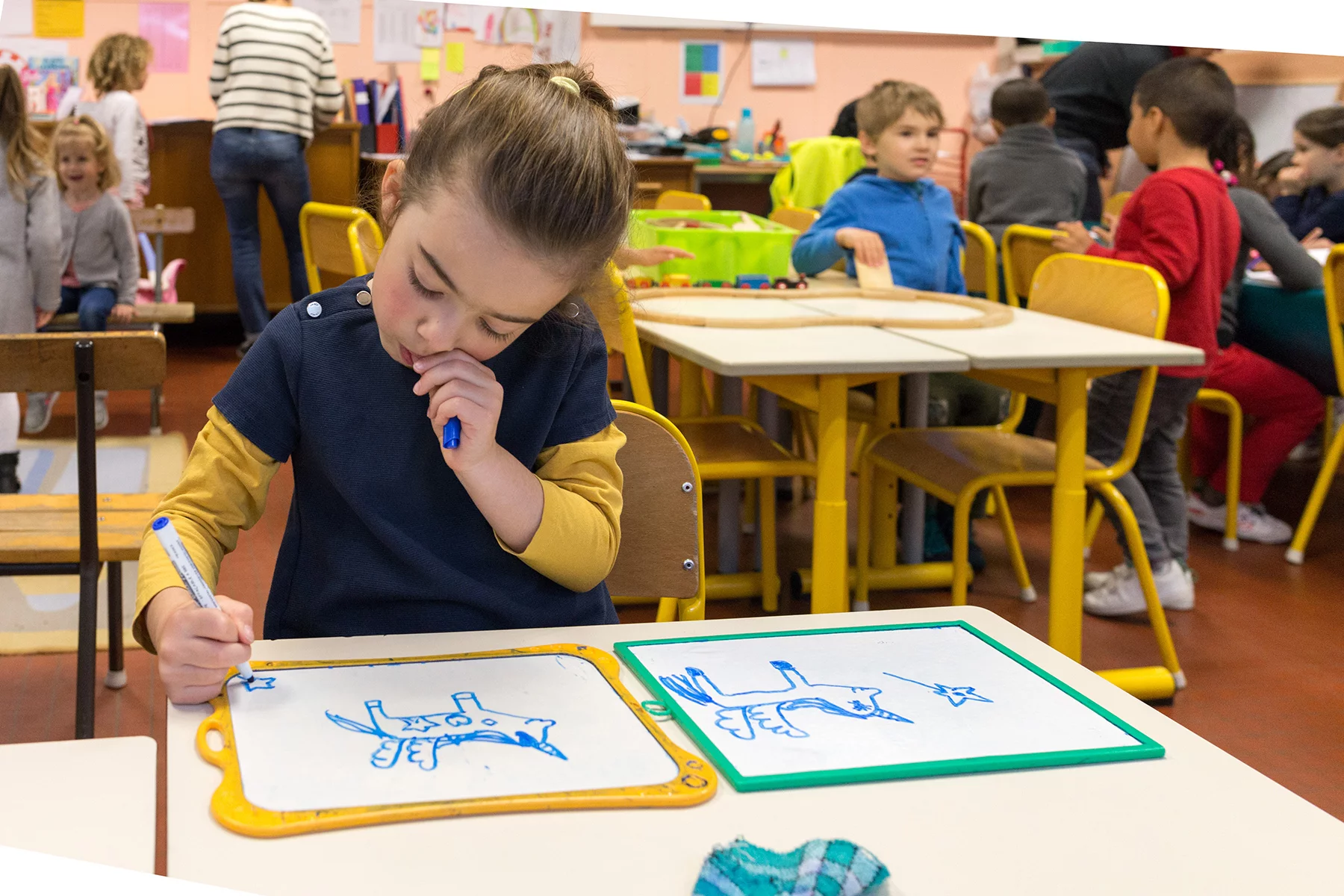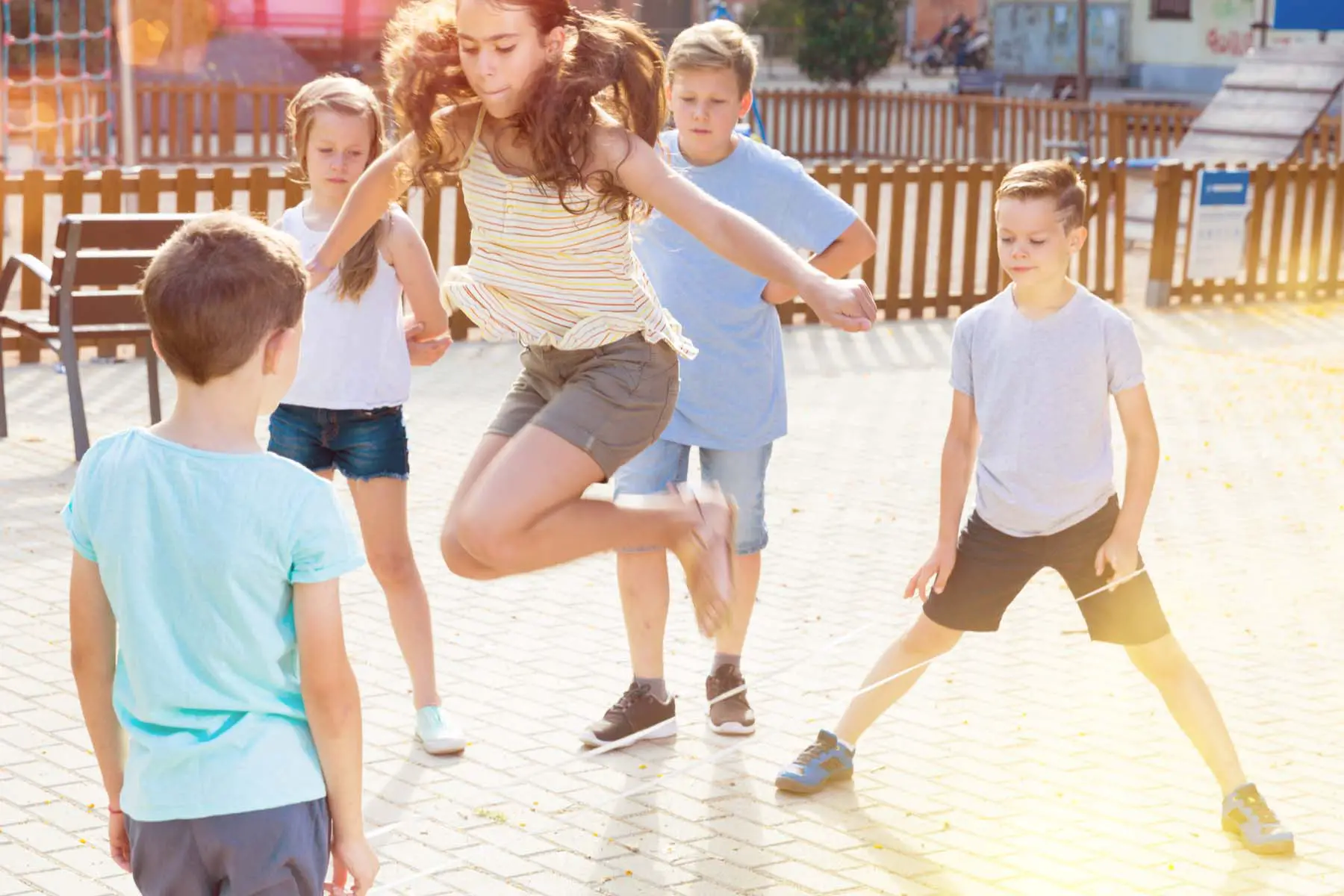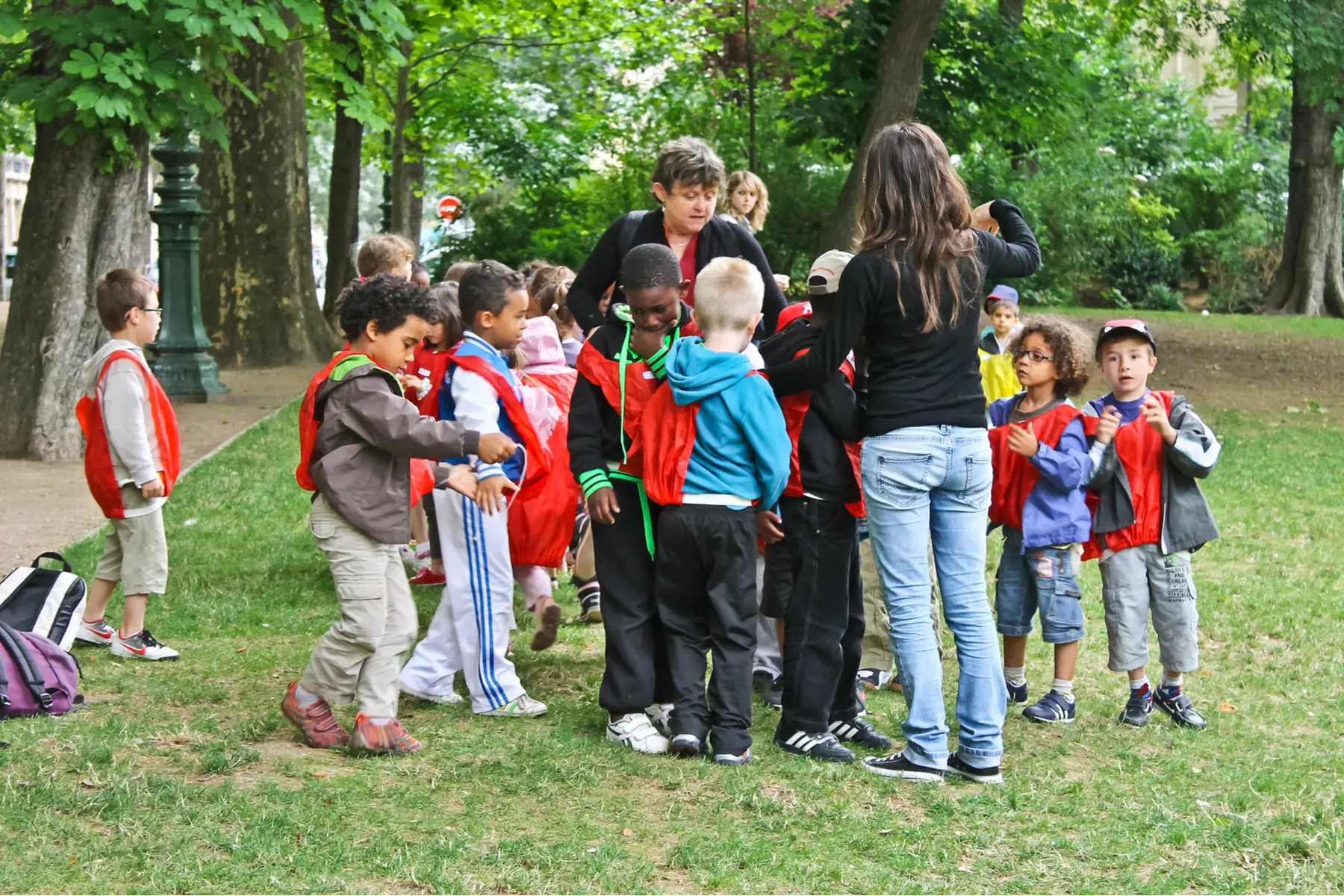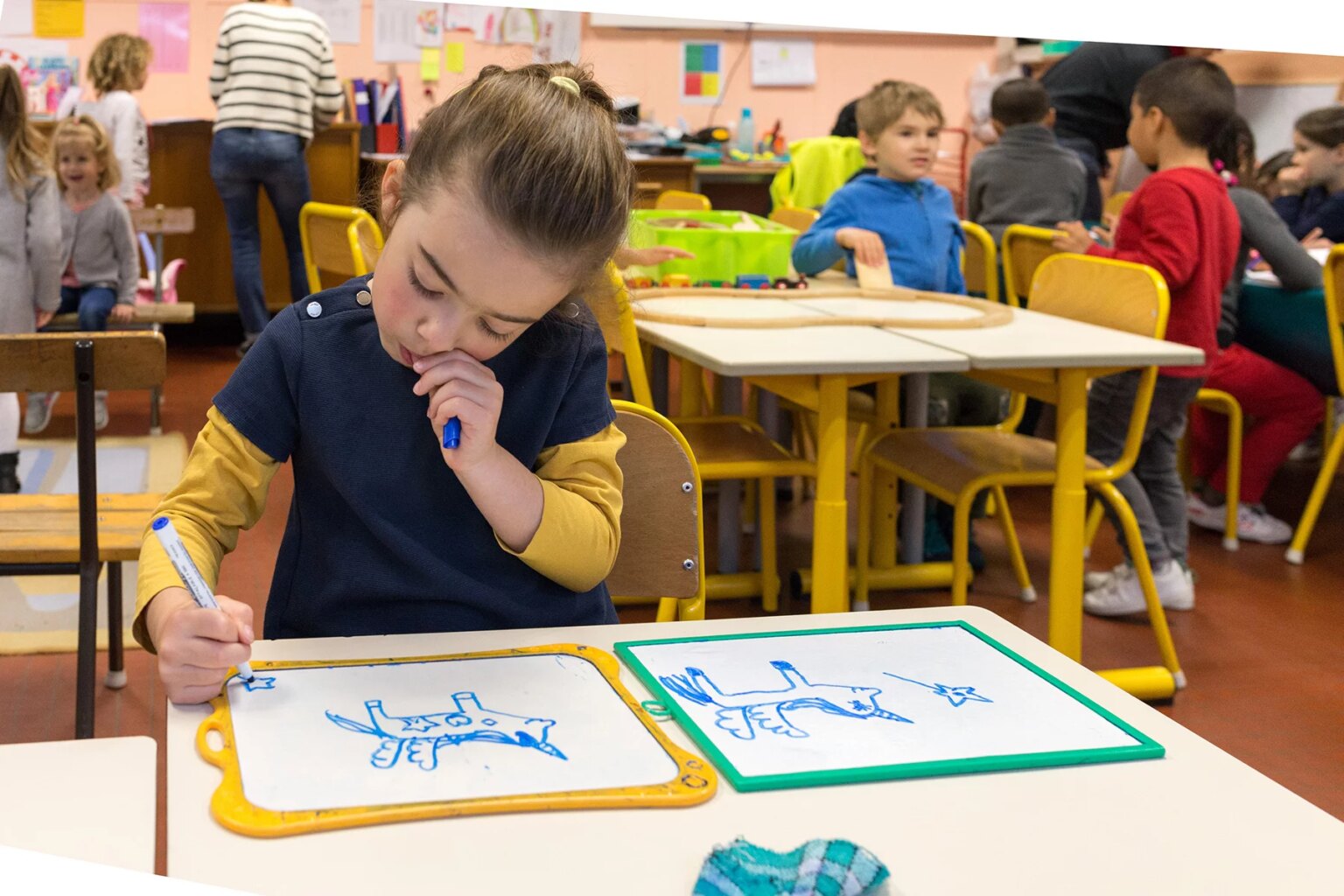If you want to enroll your child(ren) in a French primary school, there are a few things you need to consider. For example, whether you want to send them to a local state school, private school, or even an international school. However, that’s not all you should be aware of when considering a French primary school.
To learn all about schooling practices in France, read our guides to the French education system and secondary schools in France. This article will look at the French primary school system, covering everything from fees to curriculum. Topics include:
Internation School of Nice
Give your child a global education at the International School of Nice. This independent school offers an English-language program for students from four to 18 years, resulting in the IB Diploma. With 40 years of experience, ISN brings international learning to the Côte d’Azur. Visit their website to learn more.
The primary education system in France
Children in France must legally attend primary school (école primaire) from the age of 3. They start in what is known as an ‘école maternelle’, a sort of pre-school which introduces them to learning in groups. They typically attend these schools until the age of 6. After that, they attend an ‘école élémentaire.’ This has a stronger focus on academic skills like literacy, arithmetic, and science education. Children attend an école élémentaire until the age of 11.

There are over 50,000 primary schools (maternelles and élémentaires) in France, attended by over 6.6 million children. The vast majority of these are run by the state, and children typically attend their local school. At state schools, there is an average of 23 pupils per class, which compares favorably to other western European countries. Students at French primary schools do not typically wear school uniforms, whether attending public or private school.
The French government guarantees all children have a place in a free, secular, and coeducational state primary school near their home. However, you are free to choose a state school or a private school for your child. Be aware that private schools are usually fee-paying, although bursaries may be available. International schools typically have some of the highest fees. Some private schools may also have entry requirements, such as those related to language, religion, or academic performance.
State/public primary schools in France
The vast majority of young children in France attend a state primary school. These are free, secular, and co-ed. Parents typically only pay for lunches and any class outings. However, schools may have systems in place to help low-income families make these payments. Most schools also offer before-school and after-school care, which your child can attend if necessary. These sessions typically cost a small fee paid online through the educational portal of your local town hall (mairie).
The three classes in pre-school (école maternelle) are petite section, moyenne section, and grande section. Some schools also have a toute petite section for children as young as two. However, it’s not uncommon for schools to mix these classes during the first couple of years. Children of different ages then learn in small groups, supervised by one teacher and one teaching assistant.

In école élémentaire, there are five levels: CP, CE1, CE2, CM1, and CM2. Again, in some schools children of different ages may mix within the same classroom. To reflect this, the teaching style often favors work in small groups that reflect the children’s abilities in different academic and skills areas.
According to OECD data, while reading performance ranks high among French children, teaching tends to be more disciplinarian and, conversely, classrooms more unruly compared to other countries. There are also outside influences that impact academic performance. As is so often the case, state schools in underprivileged neighborhoods tend to have poorer reading and arithmetic levels. Teaching standards, however, are generally high, and your child will likely get a good education in a French state school.
Boarding options for French primary school children do not really exist in the state system. The few boarding facilities that do exist are for children with behavioral problems or who experience difficult conditions at home.
The schedule and curriculum in French state primary schools
In a typical French primary school, students receive 24 hours of contact time, with many schools closing for all or part of Wednesday. French school years start in September, and primary school children have a two-week midterm holiday (Toussaint) during the first term. They also have a two-week vacation over Christmas and New Year. During the second term, they have two weeks off in February/March and two weeks off in April. The school year ends in early July and the summer holidays last two months. Children start back in the first week of September.
The main aim of the first three years of école maternelle is to introduce children to a school environment. The teaching method encourages them to develop their personality and function as part of a group. To achieve this, they learn through play, by solving problems, being creative, and exercising their memory. Teaching is typically organized into five key areas:
- Language and expression
- Physical activities
- Artistic activities
- Structuring thought
- Exploring the world
In the école élémentaire, teachers must follow a national educational program. From the first years (CP, CE1, CE2), children start learning a second language. They are also encouraged to ask questions and practice art, music, and sport. They are also introduced to moral and civic education. Later, in CM1 and CM2, they have lessons in history, geography, science, and art history.
Tests and evaluations take place throughout the year. These help teachers judge the progress of each child against the curriculum objectives. Based on these evaluations, teachers can offer the right support to children who may be falling behind. Extra-curricular activities, such as sports and performing arts, are often lacking at these schools. Indeed, many parents associations take responsibility for organizing such activities.
Pros and cons of state primary schools in France
Some advantages of sending your child to a state school include:
- Publicly-run schools are free;
- Your child is guaranteed a place locally;
- The teaching standards are generally high;
- They will have the same curriculum as in a French private school;
- It will allow them and you to integrate into the local community;
- You will meet other parents who live near you.

Some potential disadvantages of sending your child to a state school include:
- The quality of the school can vary and largely depends on the socio-economic level of the neighborhood and local families;
- Teachers and other staff often go on strike so you can expect regular closures of the cantine or after-school services, for example;
- Recent cuts in state funding have resulted in staff shortages and fewer resources for children in need of psychological or educational support.
Applying to state primary schools in France
You must enroll your child by June if you want them to start school that September. Primary schools have catchment areas. This means that the mairie will assign a school based on where you live, although you may be able to state a preference. For instance, if you want your child to go to a school outside of your area, you will need to have a good reason and get permission from your local mairie and the rectorat (schools inspectorate). That said, in Paris, non-French-speaking children may get a place in a school with language integration support.
To sign up your child to a French state school, visit your local mairie to get a certificat d’inscription. To obtain this, you will have to show:
- proof of birth – a birth certificate, extrait de l’acte de naissance, or a livret de famille (an official French booklet of family records issued by the mairie).
- immunization records – a carnet de santé (an official booklet with health records from all visits to a French doctor) or other official health certificate to show that the child is immunized against diphtheria, tetanus, and polio (DTP).
- proof of residence – usually a copy of a French utility bill or rental agreement showing your home address.
Foreign documents may need to be translated by an official translator (traducteur assermenté). Parents may also be asked to show proof of identity, which can include copies of passports, cartes de séjour, or cartes d’identité, and possibly proof of insurance. While insurance is not required to attend class, some schools may ask that you carry an insurance policy (assurance scolaire) for your child to participate in any activities outside the classroom.
Private primary schools in France
About 14% of French children attend private primary schools (écoles privées or écoles libres). They often have smaller class sizes, provide more individual attention and have better facilities than state schools. There are two types of private schools in France: contracted (sous contrat) or non-contracted (hors contrat) to the French government. Only the latter are free to set their own curriculum and teaching methods.

The vast majority of private schools in France are religious, with around 85% of all schools Catholic. Only 15% of private schools are hors contrat and most of these are primary rather than secondary schools. However, just like state schools, these hors contrat schools are still subject to a state inspection. An inspector visits them to make sure they respect education obligations, mores, health regulations, and public order rules.
The majority of hors contrat primary schools are non-confessional and offer a non-standard teaching philosophy. These include Montessori and Steiner-Waldorf-inspired schools, along with écoles écocitoyennes (with a focus on environmental learning) and écoles démocratiques (which are pupil-led with no set curriculum).
There are around 70 private schools that offer boarding facilities for primary school children, most of which are sous contrat. Availability of boarding spaces will vary between schools.
State-contracted private schools in France
Most private schools receive funding from the government. These schools are sous contrat d’association schools. State-contracted private schools follow the French national curriculum and adhere to the same rules as state schools.
However, these schools often offer intensive tuition for non-French-speaking students. Tuition fees are nominal and can be as low as €300 per year. There may be other charges on top, such as registration fees and lunches. Enrolment is often done o a first-come-first-serve. To apply, contact your local school for enrolment requirements and procedures.
Non-contracted private schools in France
Some private schools are independently funded and are not under government control. However, they do have to be registered with the Ministry of Education. These private schools are free to set their own curriculum and they often offer a wider choice of academic subjects, as well as classes in art, culture, and sport (significantly more than state schools provide). They are often Catholic and – unlike state schools – can teach religious studies. Most international and bilingual schools come into this category and fees can be expensive. To apply, contact the school for enrolment requirements and procedures.
International schools in France
There are different types of international schools and educational programs in France. Schools may teach solely in English or offer fully bilingual programs in various languages. In addition, some French instruction schools have a section internationale with a few hours of lessons per week in one of 17 foreign languages. Currently, there are 126 French primary schools offering this option.

International schools are found all over France. However, they are usually in large cities and areas with a sizable expat population. The Council of International Schools has a list of CIS members and accredited international schools in France. You can also contact ELSA, the Paris-based English Language School Association for international and bilingual schools in France.
International schools offering a primary curriculum include:
- EIB Grenelle (Paris)
- EIB de la Jonchère
- The Hattemer School (Paris)
- ICS Côte D’Azur (Valbonne)
- ICS Paris
- ISN Nice
- Mougins British International School
The standard of education in international schools is usually high, the class sizes small, and the facilities excellent. Some international schools offer boarding, but most are day schools. It’s worth noting that fees for these schools can range from around €5,000 to over €20,000 a year. However, some employers subsidize education fees and schools may offer scholarships. If you’re looking for an international school for your child, it may be worth exploring your payment options ahead of time.
Pros and cons of international schools in France
Some advantages of enrolling your child in an international school include:
- More extracurricular activities and better facilities;
- A global community of bilingual teachers and students;
- Strong emphasis on muliculturalism and languages;
- Smaller class sizes and a high teacher-student ratio; and
- Parents can often communicate with teachers in their own language.
Some disadvantages of enrolling your child in an international school:
- International school fees are expensive but you can access scholarships, bursaries, and payment plans; some employers subsidize education fees;
- Children may integrate less into the local culture and language;
- Admissions may assess a child’s academic abilities through an entrance test; therefore, this may place additional pressure on your child; and
- The majority of schools are located in Paris and bigger cities, so you might not find one in your area.
Useful resources
- French Ministry of Education – the French government website for education
- Council of International Schools (CoIS) – the membership community of international education
- OECD – Global statistics and comparisons of school systems
- Enseignement Privé – A French website about private education
- ELSA – English Language Schools Association.
- Service-Public – all about school enrolment and engagement
- SESSAD – all about special needs education





